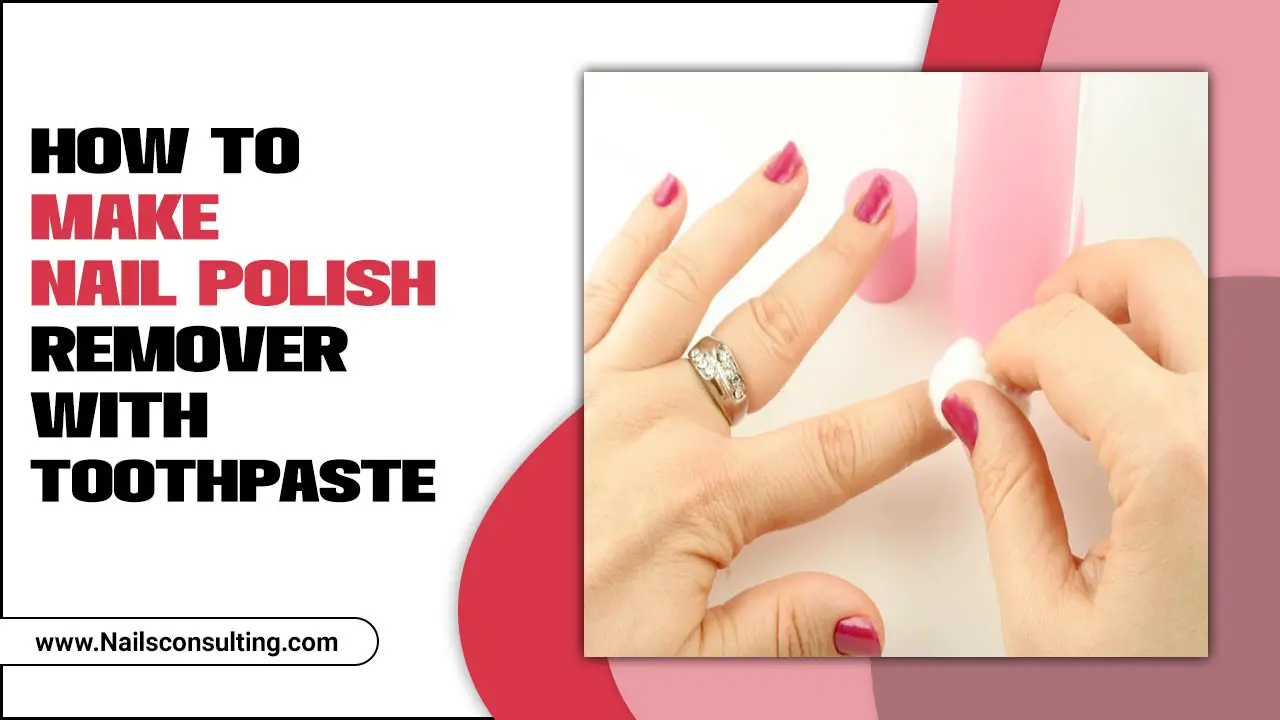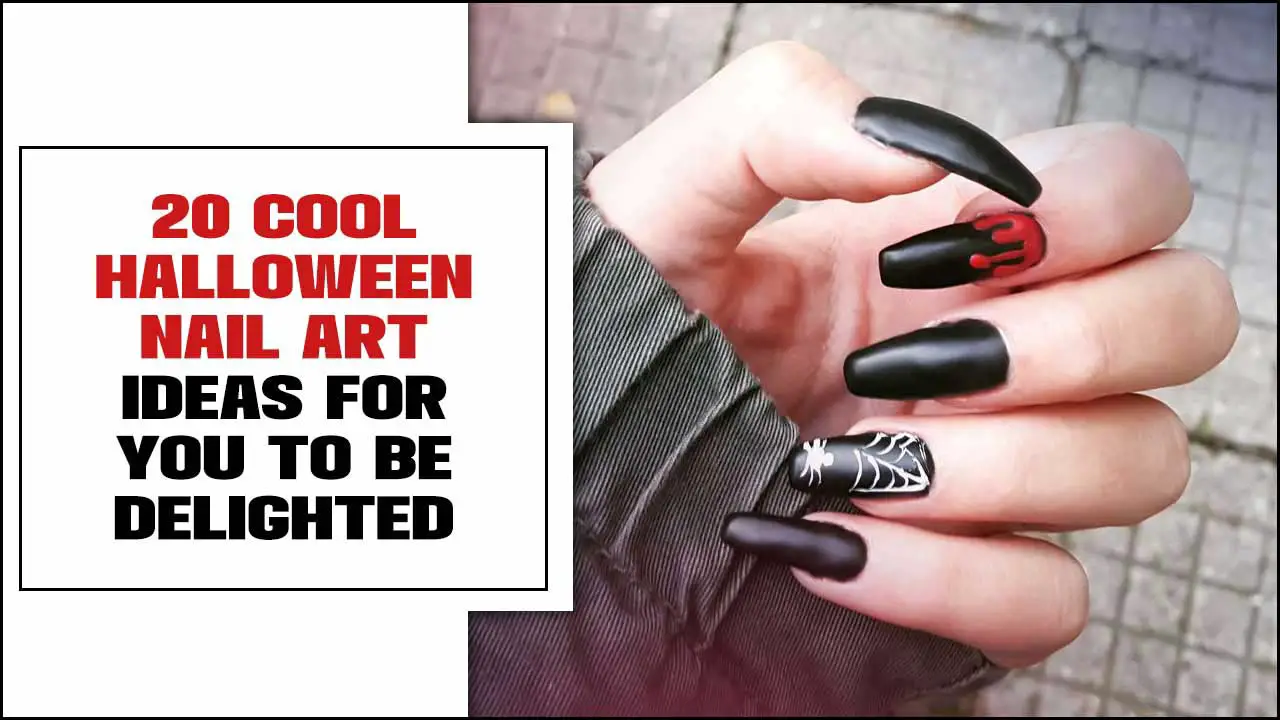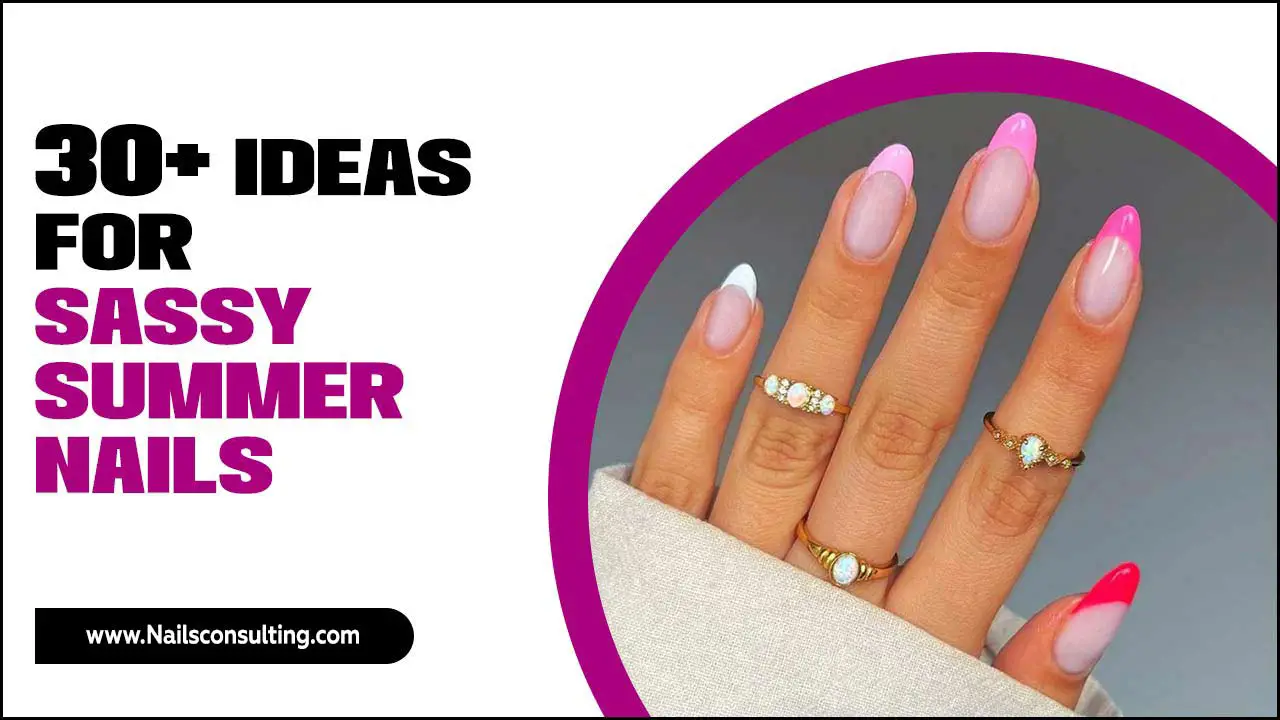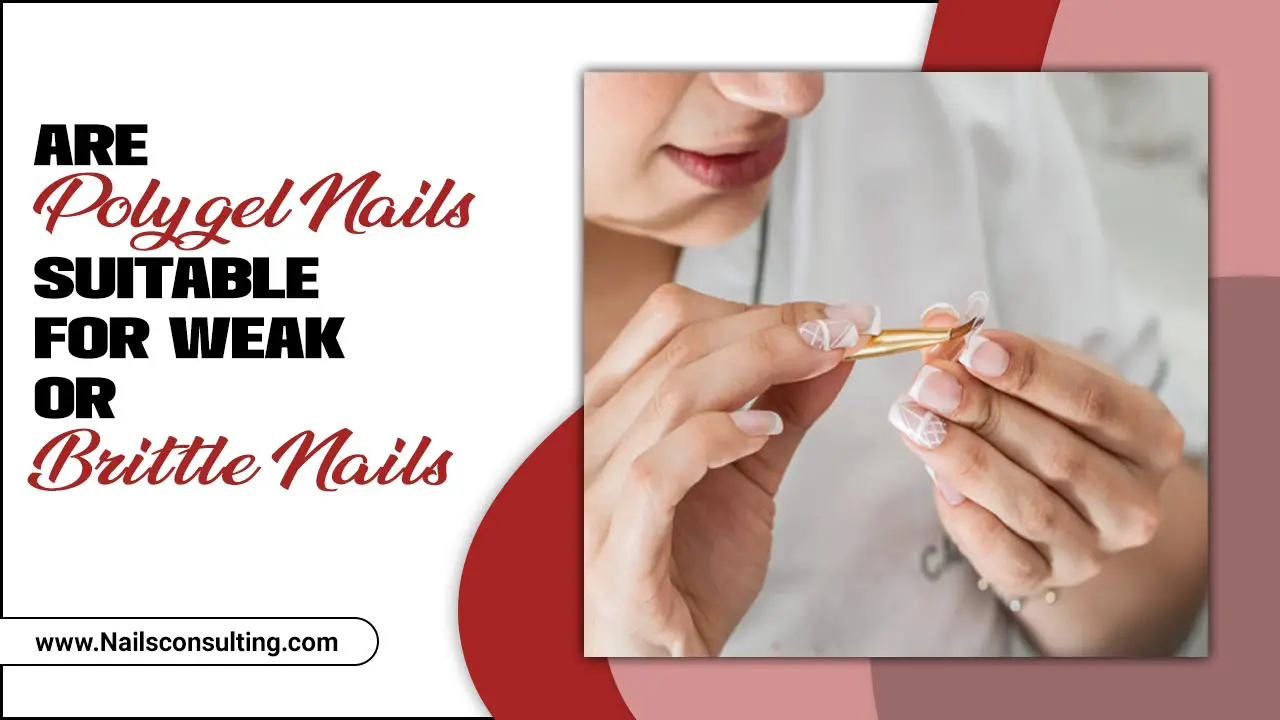Are you dreaming of stunning, long-lasting acrylic nails but feel a bit intimidated to try them yourself? Good news! With a little patience and the right steps, you can absolutely do acrylic nails at home. This guide breaks down the process into easy-to-follow instructions, equipping you with the knowledge and confidence to achieve salon-worthy results. Get ready to master the basics and unleash your inner nail artist!
Thinking about dipping your toes into the world of acrylic nails can feel a little daunting, especially when you see all those intricate designs and perfect shapes. Many beginners worry about making mistakes or not achieving that smooth, professional finish. It’s totally understandable! But here’s a little secret: with the right guidance, the process is more accessible than you might think. We’re going to walk through everything you need, from preparing your nails to creating that beautiful acrylic overlay. You’ll gain the confidence to start your acrylic nail journey and unlock a fun new way to express yourself. Ready to get painting? Let’s dive in!
Your Ultimate Beginner’s Guide to Doing Acrylic Nails
Welcome, nail lovers! If you’ve ever admired the strength, length, and versatility of acrylic nails and thought, “I wish I could do that,” you’re in the right place. DIY acrylic nails are totally achievable with a little practice and the right tools. Think of this guide as your personal nail mentor, breaking down each step so you feel confident and excited to try. We’ll cover everything from what you need to have on hand to the actual application process. Let’s get those nails looking fabulous!
Why Choose Acrylic Nails?
Acrylic nails have been a beauty staple for ages, and for good reason! They offer a fantastic way to enhance your natural nails or create dramatic length and shape. Whether you’re looking for extra strength to prevent breakage, a canvas for intricate nail art, or simply the desire for longer, perfectly shaped nails, acrylics deliver. They are also quite durable, making them a great choice for busy lifestyles.
Essential Tools and Products You’ll Need
Before we get started with the “how-to,” let’s gather our supplies. Having the right tools makes all the difference and ensures a smoother application. Don’t worry if it seems like a lot at first; many of these items can be reused for multiple manicures. Think of this as your starter kit!
| Category | Essential Items | Why You Need It |
|---|---|---|
| Nail Preparation | Nail File (180/240 grit) | To gently buff the nail surface and shape the tips. |
| Nail Clippers | To trim natural nails or tips to the desired length. | |
| Cuticle Pusher or Orange Wood Stick | To gently push back cuticles for a clean nail bed. | |
| Dehydrator or Alcohol Wipes | To remove natural oils and moisture from the nail plate, promoting better adhesion. | |
| Primer (Acid-free is recommended for beginners) | Helps the acrylic bond to your natural nail, preventing lifting. | |
| Acrylic Application | Acrylic Powder (e.g., clear, pink, or white) | The building block of your acrylic enhancement. |
| Acrylic Liquid (Monomer) | Activates the powder to create the moldable acrylic. | |
| Dappen Dish | A small container to hold your acrylic liquid. | |
| Acrylic Brush (Size 6 or 8 is great for beginners) | A specialized brush to pick up and sculpt the acrylic. Choose one made of sable hair. | |
| Tip Application (Optional, if adding length) | Nail Tips (various sizes) | Pre-shaped pieces to add length to your natural nails. |
| Nail Tip Cutter or Scissors | To trim nail tips to your desired length and shape. | |
| Nail Glue | To adhere the nail tips to your natural nails. | |
| Finishing | Top Coat | To seal the acrylic and add a glossy finish. |
| Buffer Block | To smooth the surface and remove any imperfections before top coat. | |
| Lint-Free Wipes | For cleaning brushes and nails without leaving fibers. | |
| Safety & Cleanliness | Nitrile Gloves | To protect your skin from acrylic chemicals. |
| Well-ventilated area or mask | Acrylic fumes can be strong; good ventilation is crucial for safety. Learn about chemical safety. |
Step-by-Step: How to Do Acrylic Nails at Home
Let’s break down the process into manageable steps. Remember, practice makes perfect, so don’t get discouraged if your first attempt isn’t flawless. Enjoy the learning process!
Step 1: Prepare Your Natural Nails
This is a crucial step for ensuring your acrylics last and your natural nails stay healthy. Cleanliness and a good base will prevent lifting and improve adhesion.
- Clean and File: Remove any old polish. Gently push back your cuticles with a cuticle pusher or orange wood stick. Trim your natural nails short – you want them to be shorter than your desired finished length.
- Buff the Surface: Lightly buff the surface of your natural nails with a 180-grit file. This removes the natural shine and creates a slightly rough surface for the acrylic to grip onto. You don’t need to file down to the quick; just a gentle buff is enough.
- Remove Oils and Moisture: Use a dehydrator or wipe your nails with alcohol. This is vital for removing any natural oils or moisture that could prevent the acrylic from adhering properly. Let it air dry completely.
- Apply Primer: Apply a thin layer of primer to your natural nail plate. Primer helps the acrylic bond better. Stick to the natural nail and try to avoid getting it on your skin or cuticles, as it can be harsh. Let the primer dry to a matte finish.
Step 2: Applying Nail Tips (If Adding Length)
If you want to add length, this is where nail tips come in. If you’re happy with your natural nail length, you can skip this step and go straight to applying the acrylic overlay.
- Select and Fit Tips: Choose nail tips that match the width of your natural nails. They should fit snugly from sidewall to sidewall.
- Apply Glue: Apply a thin, even layer of nail glue to the well of the nail tip.
- Attach the Tip: Carefully place the tip onto your natural nail, ensuring it’s straight. Press down firmly for about 10-15 seconds to secure.
- Trim and Shape: Once the glue is dry, use nail clippers or scissors to trim the tip to your desired length. Then, use your 180-grit file to shape the tip and blend the seam where the artificial tip meets your natural nail.
Step 3: Mixing and Applying the Acrylic
This is the fun part where the magic happens! It takes a little practice to get the feel for the acrylic bead, but don’t worry, you’ll get there.
- Prepare Your Station: Ensure you have your dappen dish with liquid, your acrylic powder, your brush, and your primed nails ready. Work in a well-ventilated area.
- Dip Your Brush: Dip your clean, dry acrylic brush into the monomer (liquid). Wipe one side of the brush on the edge of the dappen dish to remove excess liquid. This helps create a perfect bead.
- Create a Bead: Gently touch the tip of your brush to the acrylic powder. The liquid on the brush will pick up the powder, creating a small, pliable bead. You want a consistency that’s not too wet and not too dry – like a tiny ball of dough.
- Place the Bead: Quickly but gently, place the bead onto your nail, starting near the cuticle area. Work the bead outwards and shape it using the side of your brush. Don’t let the acrylic get too close to the cuticle skin, as this can cause lifting.
- Build the Nail: Continue to create beads and sculpt the acrylic onto your nail. For beginners, it’s often easier to use multiple smaller beads rather than one large one. The first bead can form the base near the cuticle, the second can add length and structure, and a third can create the apex (the highest point of the nail for strength).
- Shape and Refine: Use your brush to smooth and shape the acrylic as it begins to set. You’re aiming for an even, smooth surface. Work quickly but deliberately before the acrylic hardens.
- Let it Cure: Allow the acrylic to harden completely. This usually takes a few minutes. It will feel hard and solid to the touch.
- Repeat on All Nails: Apply acrylic to your other nails, following the same process.
Step 4: Shaping and Filing Your Acrylic Nails
Once the acrylic has fully cured, it’s time to achieve that perfect shape and smooth finish.
- Initial Filing: Use a coarser grit file (around 100-150 grit) to shape the free edge of the nail and refine the overall structure. Focus on creating clean lines and the desired shape (square, oval, stiletto, etc.).
- Smooth the Surface: Switch to a finer grit file or use a buffer block to smooth out any bumps, ridges, or file marks on the entire nail surface. You want a smooth canvas.
- Refine the Cuticle Area: Gently file around the cuticle area to ensure a seamless blend between the acrylic and your natural nail. Be very careful not to file down too close to your natural nail.
- Clean Off Dust: Wipe away all filing dust with a lint-free wipe.
Step 5: Applying Top Coat and Finishing Touches
The final steps seal your work and give your nails that salon-ready shine!
- Apply Top Coat: Apply a thin, even layer of your favorite high-shine top coat over the entire acrylic surface. Make sure to cap the free edge by running the brush along the tip of the nail to prevent chipping.
- Cure if Necessary: If you’re using a gel top coat, cure it under a UV/LED nail lamp according to the product’s instructions. If using a regular air-dry top coat, allow it to dry completely.
- Optional: Cuticle Oil: Once your top coat is dry, apply a drop of cuticle oil around your nail beds and gently massage it in. This rehydrates the skin and makes your manicure look extra polished.
Maintaining Your Acrylic Nails
To keep your beautiful acrylics looking their best and ensure your natural nails stay healthy, follow these maintenance tips:
- Avoid Harsh Chemicals: Wear gloves when doing chores like washing dishes or cleaning to protect your nails from strong chemicals.
- Don’t Use Nails as Tools: Resist the urge to use your acrylics to pry open cans or scratch things. Treat them gently.
- Regular Fills: As your natural nails grow, you’ll see a gap at the cuticle. You’ll need to go back to the salon or perform a fill every 2-3 weeks to address this. This involves filing down the old acrylic, gently pushing back the cuticle, and reapplying acrylic to fill the new growth.
- Proper Removal: Never try to peel or rip off your acrylics. This can severely damage your natural nail bed. For safe removal, soak them in acetone.
Troubleshooting Common Acrylic Nail Issues
Even with the best intentions, beginners might encounter a few bumps along the road. Here are some common issues and how to tackle them:
| Problem | Possible Causes | Solutions |
|---|---|---|
| Lifting or Peeling | Improper nail preparation (oils left on nail); cuticle oil on nail before application; primer not used or applied incorrectly; acrylic too close to cuticle; air bubbles in application. | Ensure thorough cleaning, dehydrating, and priming. Apply acrylic slightly away from the cuticle. Practice creating smooth beads. |
| Acrylic is too hard to work with (crumbly/dry) | Too much powder, not enough liquid on brush; brush not wet enough. | Dip brush in liquid, clean one side on the dappen dish, then touch to powder. Experiment with bead ratio. |
| Acrylic is too soft/runny | Too much liquid on brush; not enough powder in the bead. | Wipe more liquid off your brush on the dappen dish. Aim for a slightly firmer bead. |
| Uneven surface | Uneven bead placement; not enough smoothing with the brush. | Use smaller beads and gently pat and press them into place. Practice sculpting with your brush. |
| Bubbles in acrylic | Overworking the bead; not picking up enough powder. | Work the bead more quickly and decisively. Ensure you’re picking up a good balance of powder and liquid. |
Tips for a Smoother Application
To help you achieve those gorgeous results, here are some pro tips for DIY acrylic application from Nailerguy:
- Practice Makes Perfect: Don’t expect perfection on your first try. Practice on a few nails or even on a practice finger. The more you do it, the more intuitive it becomes.
- Work in Sections: If you’re finding it hard to manage, apply acrylic to one or two nails at a time. This way, you won’t feel rushed.
- Keep Your Brush Clean: Regularly clean your acrylic brush with monomer to prevent product buildup. Keep a separate brush solely for acrylics.
- Control Your Bead Size: Start with smaller beads. It’s easier to add more acrylic than to remove excess.
- Ventilation is Key: Always work in a well-ventilated area. The fumes from acrylic liquid can be strong. A fan can help circulate the air. You can find more information on chemical safety from resources like the National Institute for Occupational Safety and Health (NIOSH).
- Don’t Over-File: Be gentle when filing your natural nails during preparation and when refining the acrylic. Filing too aggressively can weaken your natural nails.
- Experiment with Colors: Once you’re comfortable with clear acrylic, try colored powders or even embedding glitter for fun designs!
FAQ: Your Acrylic Nail Questions Answered
Got questions? We’ve got answers! Here are some common queries from beginners about doing acrylic nails.
Q1: How long do acrylic nails typically last?
A1: With proper application and maintenance, acrylic nails can last anywhere from 2 to 3 weeks before needing a fill. The longevity also depends on how well you take care of them and your natural nail growth rate.
Q2: Is doing acrylic nails at home difficult for a beginner?
A2: It can have a learning curve, but it’s definitely achievable with patience and practice! Following step-by-step guides like this one and using the right tools will make the process much easier.
Q3: Can I do acrylic nails without nail tips?
A3: Yes! You can apply acrylic directly onto your natural nails to strengthen them and create a smooth overlay. This is a great option if you don’t want to add extra length.
Q4: How do I prevent my acrylic nails from lifting?
A4: Meticulous nail preparation is key! Ensure your natural nails are clean, dry, and free of oils. Use a dehydrator and a good quality primer. Also, avoid getting the acrylic too close to your cuticles.
Q5: How do I remove acrylic nails safely?
A5: The safest way to remove acrylics is to soak them in 100% acetone. You can file off the top coat to allow acetone to penetrate better, then soak until the acrylic softens






